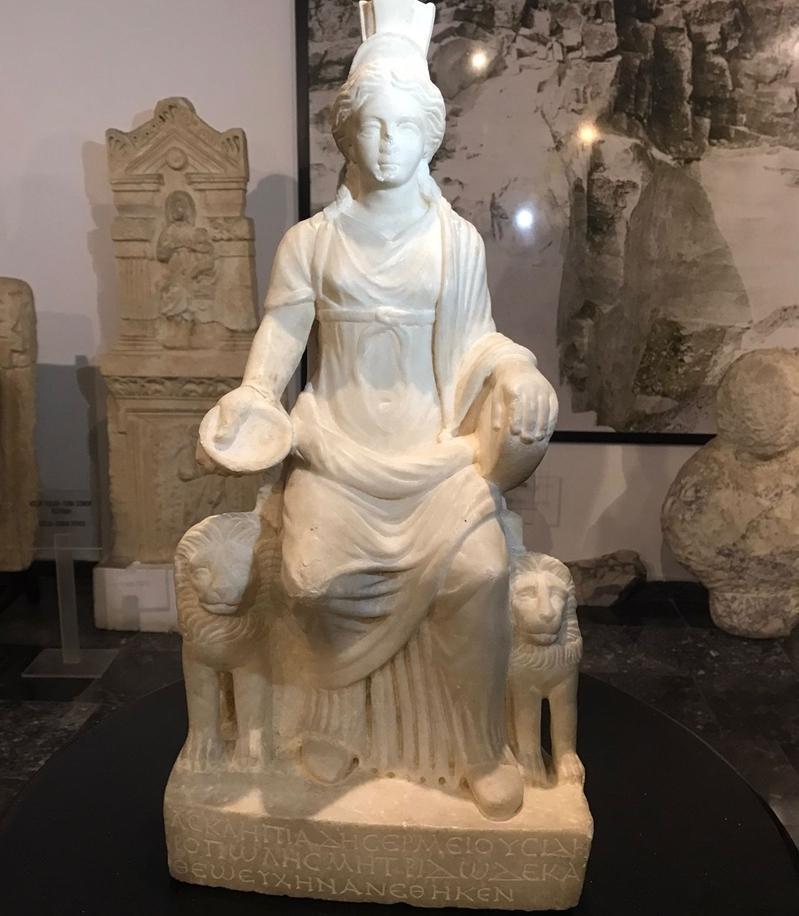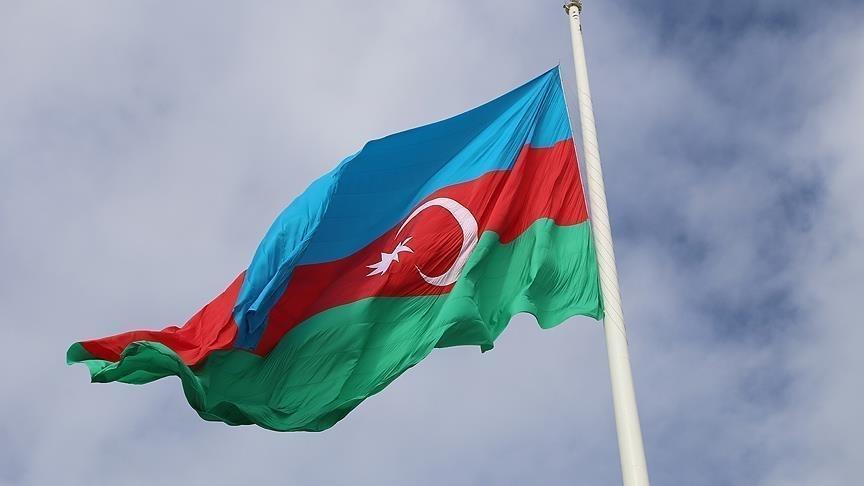Kybele returns to western city
AFYONKARAHİSAR

The Kybele statue, which was smuggled abroad after being unearthed in 1964 in the Çavdarlı village of the western province of Afyonkarahisar and smuggled abroad, has been returned to Turkey, its homeland, after 60 years. Finally, the statue took its place in Afyonkarahisar.
The 1,700-year-old Kybele statue, the mother goddess of Anatolia, which was smuggled from Turkey to Israel and then found while trying to be sold in an auction house in the U.S., was returned to Turkey on Dec. 10, 2020 thanks to work carried out by the Culture and Tourism Ministry, Foreign Ministry and the Turkish Consulate General in New York.
The statue of the mother goddess Kybele, believed to be the symbol and protector of abundance and fertility in prehistoric times and was unearthed during a roadwork, was brought to the Afyonkarahisar Archaeology Museum on Dec. 24 after being exhibited for a while at the Istanbul Archeology Museum.
“The Kybele statue, which was brought to the country in an easy manner as a result of intensive efforts a year ago, now returned to the lands where it came from. It is known that the 58-centimeter-tall statue was smuggled from Çavdarlı village in Afyonkarahisar in the 1960s. We are very pleased to see it return to the place where it was produced, in the land where it was born,” said Afyonkarahisar Governor Gökmen Çiçek.
The statue is believed to be dating back to the 3rd century A.D. and was originated in the Anatolian territory according to the inscriptions and its typological features. Turkish authorities said the return process of the statue began after their Israeli counterparts got in touch about the item’s sale.
Kybele was a mother goddess of fertility and was regarded as the mistress of wild nature, historians argue, and that its origins date back to the 8th century B.C. The influence of the goddess was present in the Mediterranean basin, especially Anatolia.
The lions on both sides of the Kybele, worshipped since prehistoric times, indicate the mother goddess’ dominance over both nature and animals. According to its inscription, the statue was presented to the 12 major Greek deities as an offering. “Hermeios’ son, Asclepiades from Sideropolis, erected the votive statue to Twelve Olympians,” is written on the statue.
















